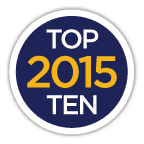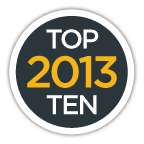HCEG Top 10
Karen DeSalvo – Chief Health Officer at Google
& Former Director of Office of National Coordinator
of Health Information Technology speaks at
HCEG’s 2018 Annual Forum in Nashville, TN
Karen DeSalvo – Chief Health Officer at Google
& Former Director of Office of National Coordinator
of Health Information Technology speaks at
HCEG’s 2018 Annual Forum in Nashville, TN

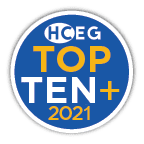
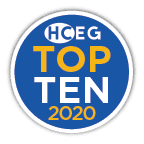
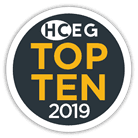


Click on a Top 10 item for more information

